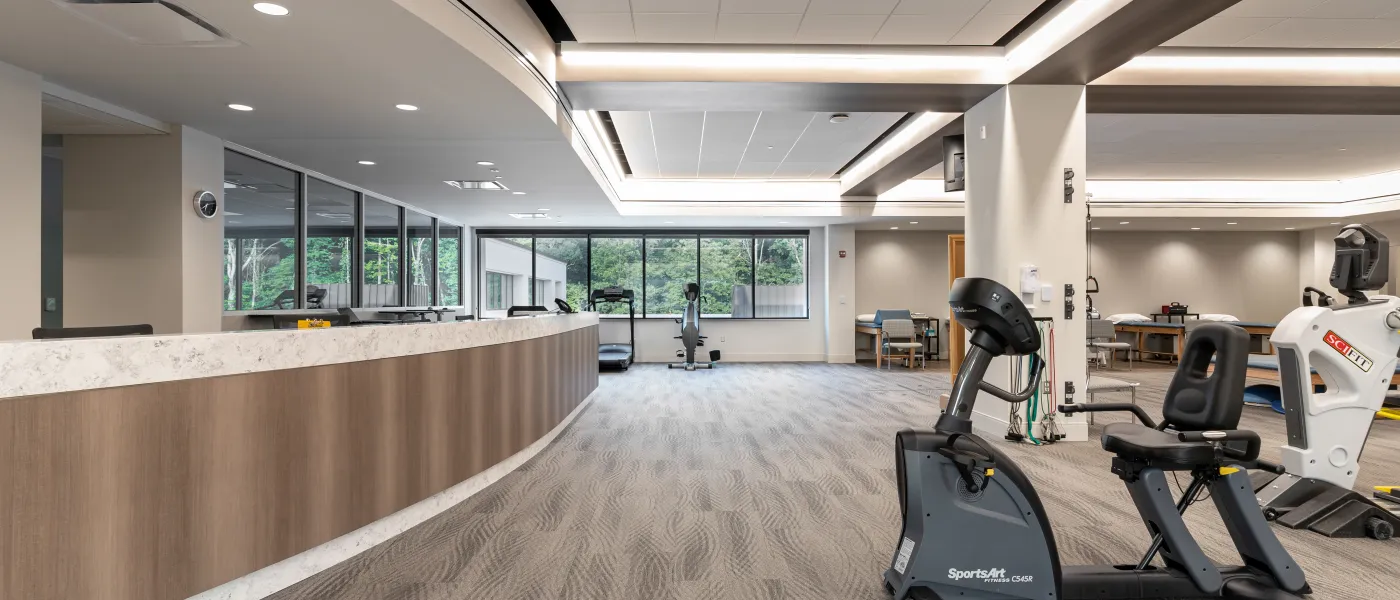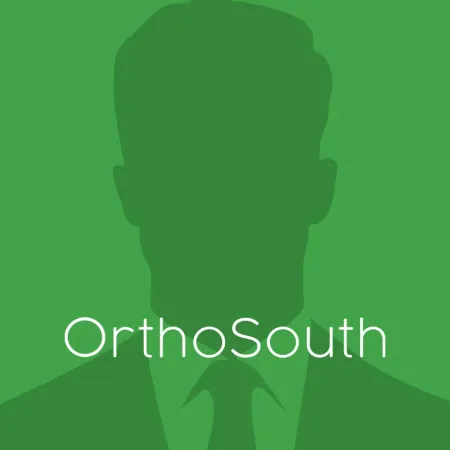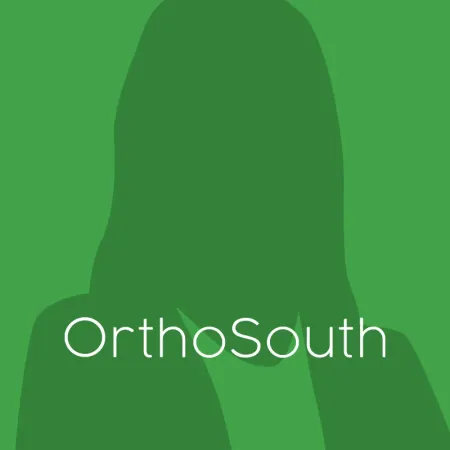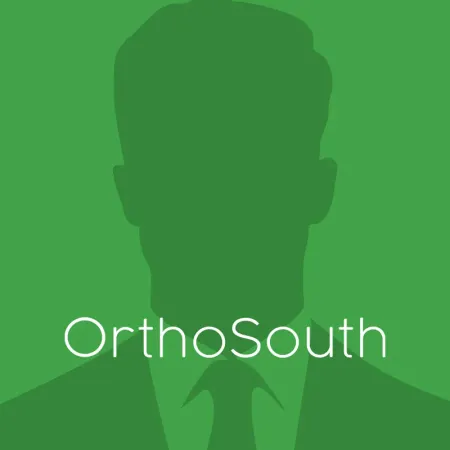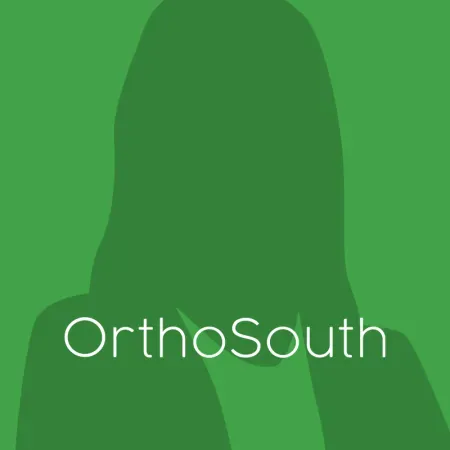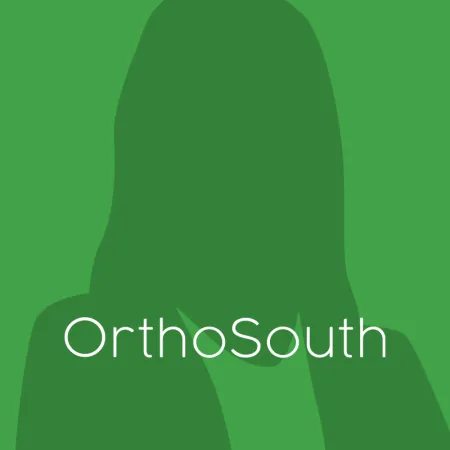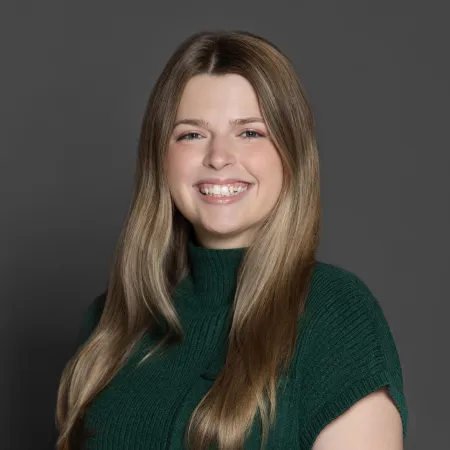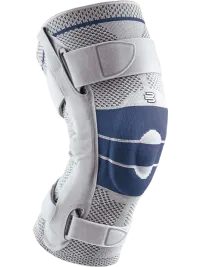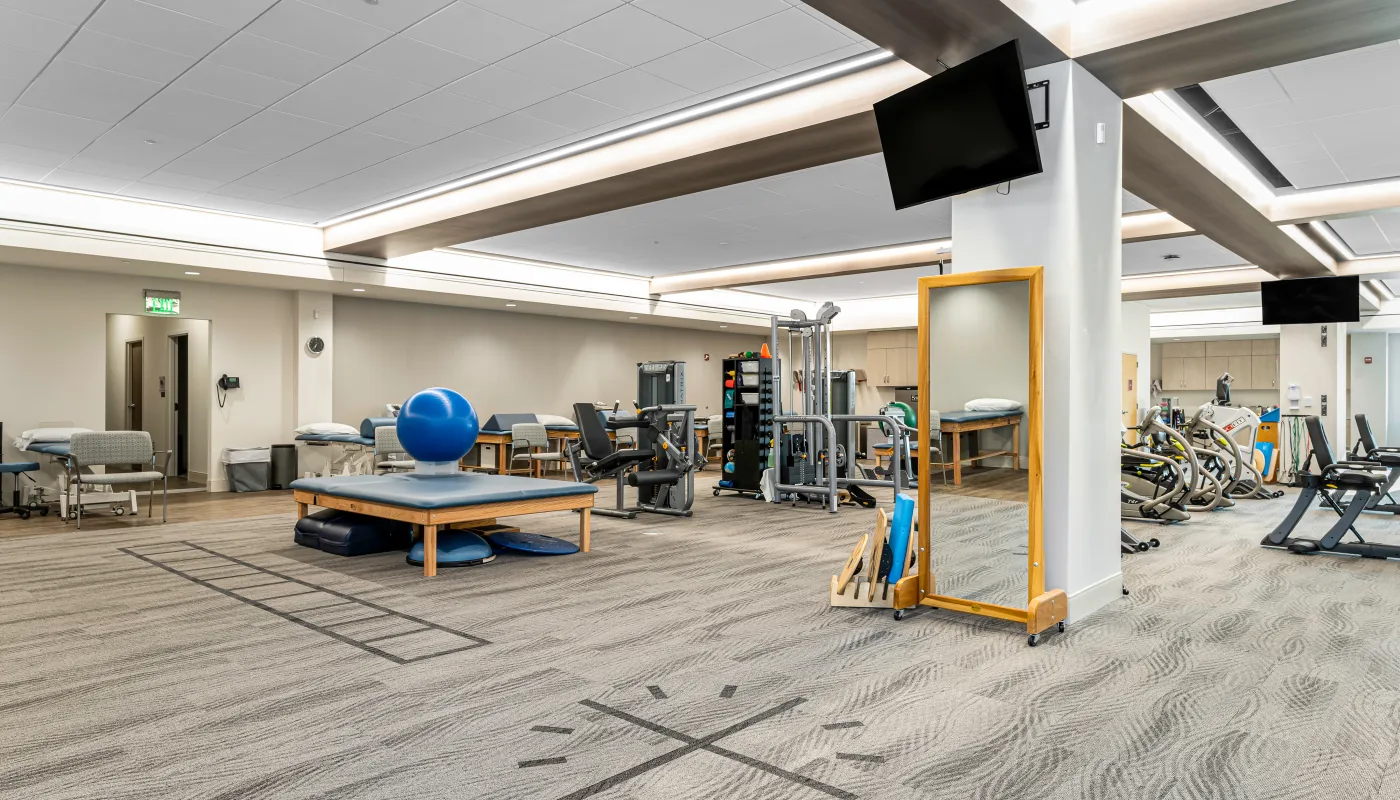
Driven to Provide World Class Rehabilitative Care for All
We do this through a unique team approach with board certified orthopedic surgeons and licensed physical and occupational therapists possessing advanced training and certifications in orthopedic rehabilitation. Your physician and therapist work together to guide you through a progressive rehab program utilizing the most up-to-date techniques, equipment, and advanced skill.
OrthoSouth® emphasizes advanced training for its therapists. Many of our therapists have either completed or are working toward completion of their Board Certified Orthopedic Clinical Specialist (OCS) which requires a minimum of 2000 clinical hours, advanced clinical knowledge, experience, and skills testing in orthopedics. Other OrthoSouth® therapists have achieved or are pursuing advance certifications or training in a variety of orthopedic rehabilitation sub-specialties or techniques.
Our Therapists Have Advanced Training in Multiple Areas
To Get You Back To What Matters
-
Board Certified Orthopedic Specialist (OCS)
-
Certified Hand Therapist (CHT)
-
McKenzie Method Diploma (Dip MDT)
-
McKenzie Method Credentialed (Cert MDT)
-
Mulligan Concept Certification (CMP)
-
Occupational Therapy Work Conditioning
-
Aquatic Certification (ATRIC)
-
Certified Strength and Conditioning Specialist (CSCS)
-
Sports Specific Rehabilitation (SSRC)
-
Dry Needling
-
Guest Lecturing (UTHSC)
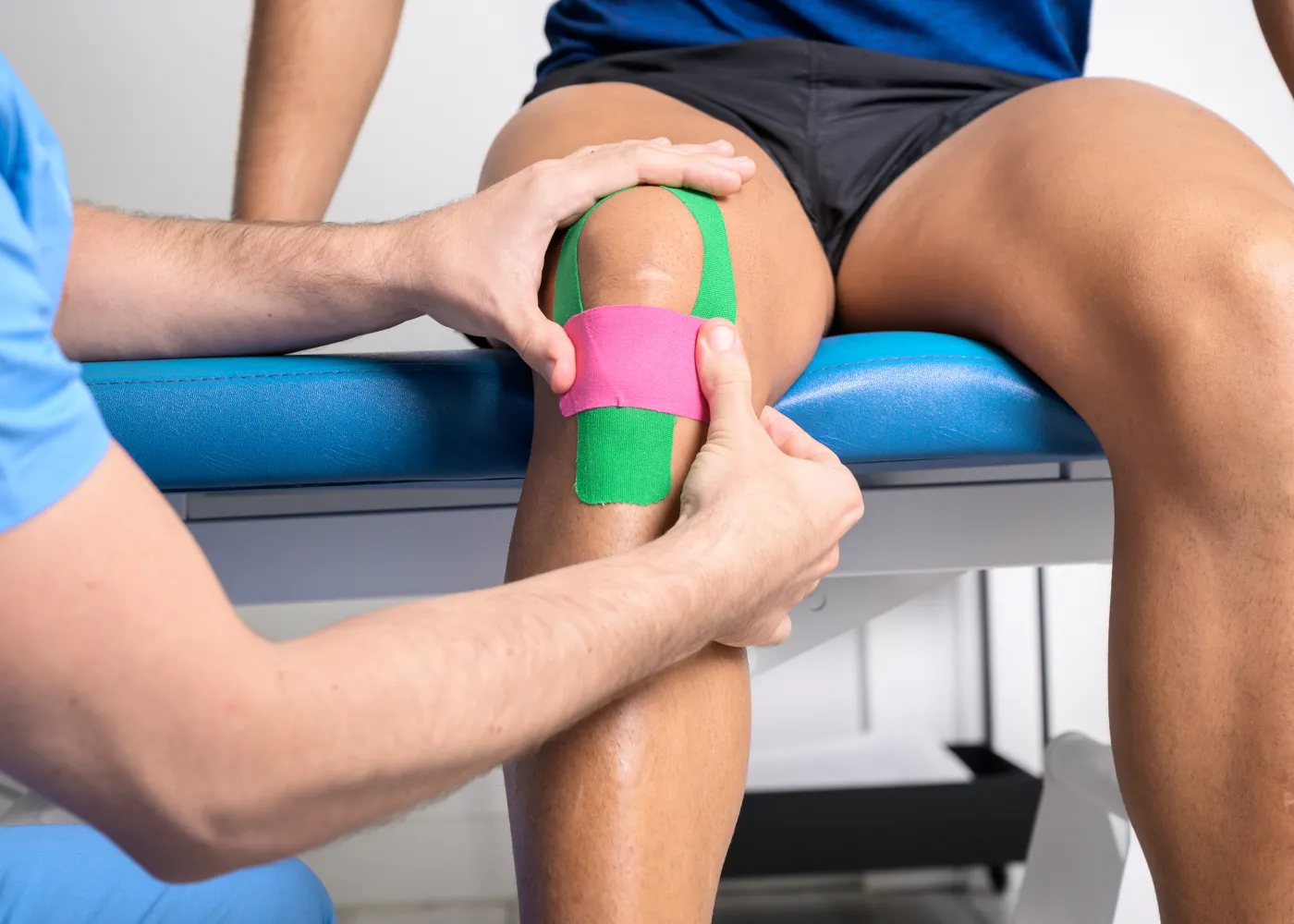

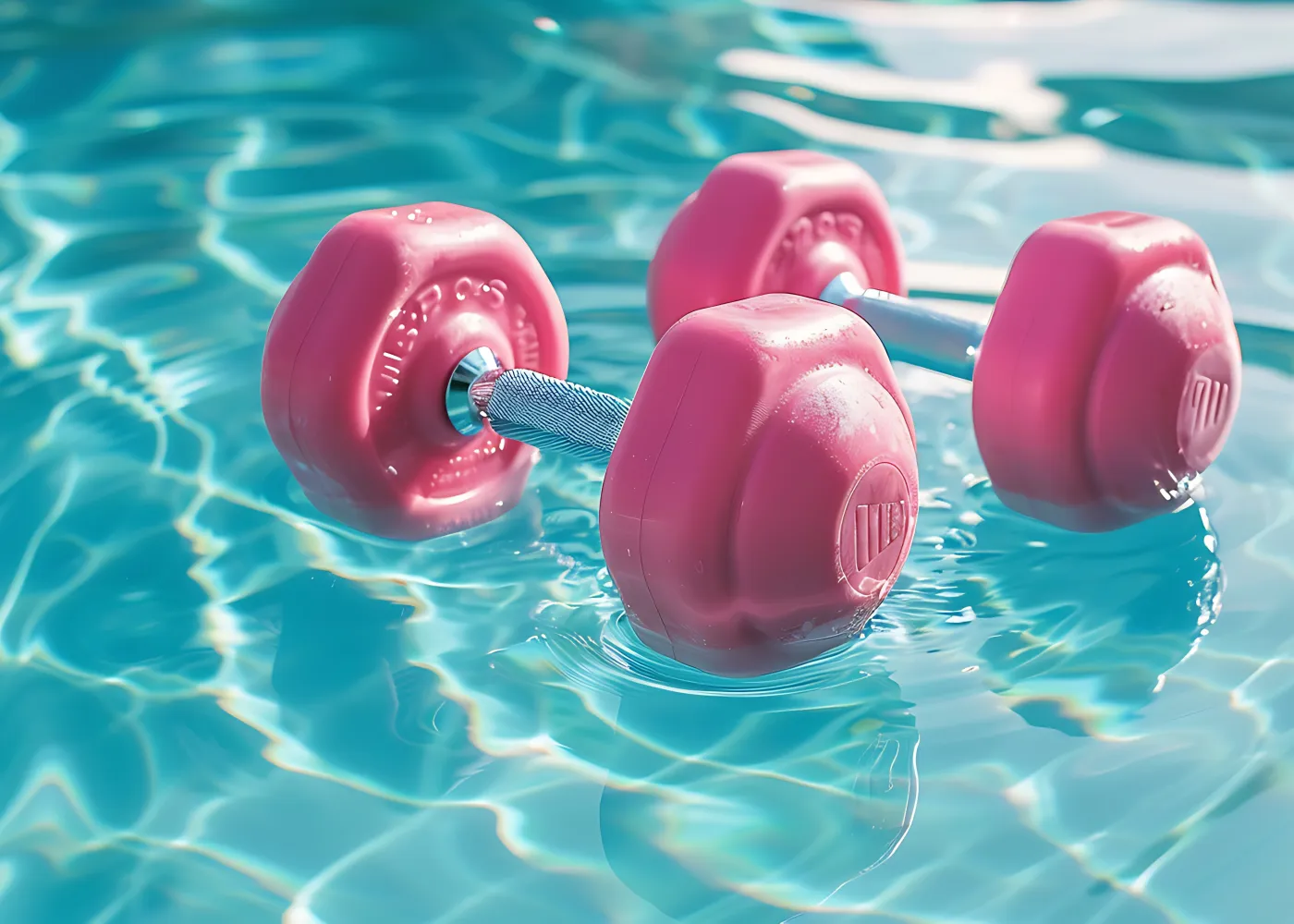
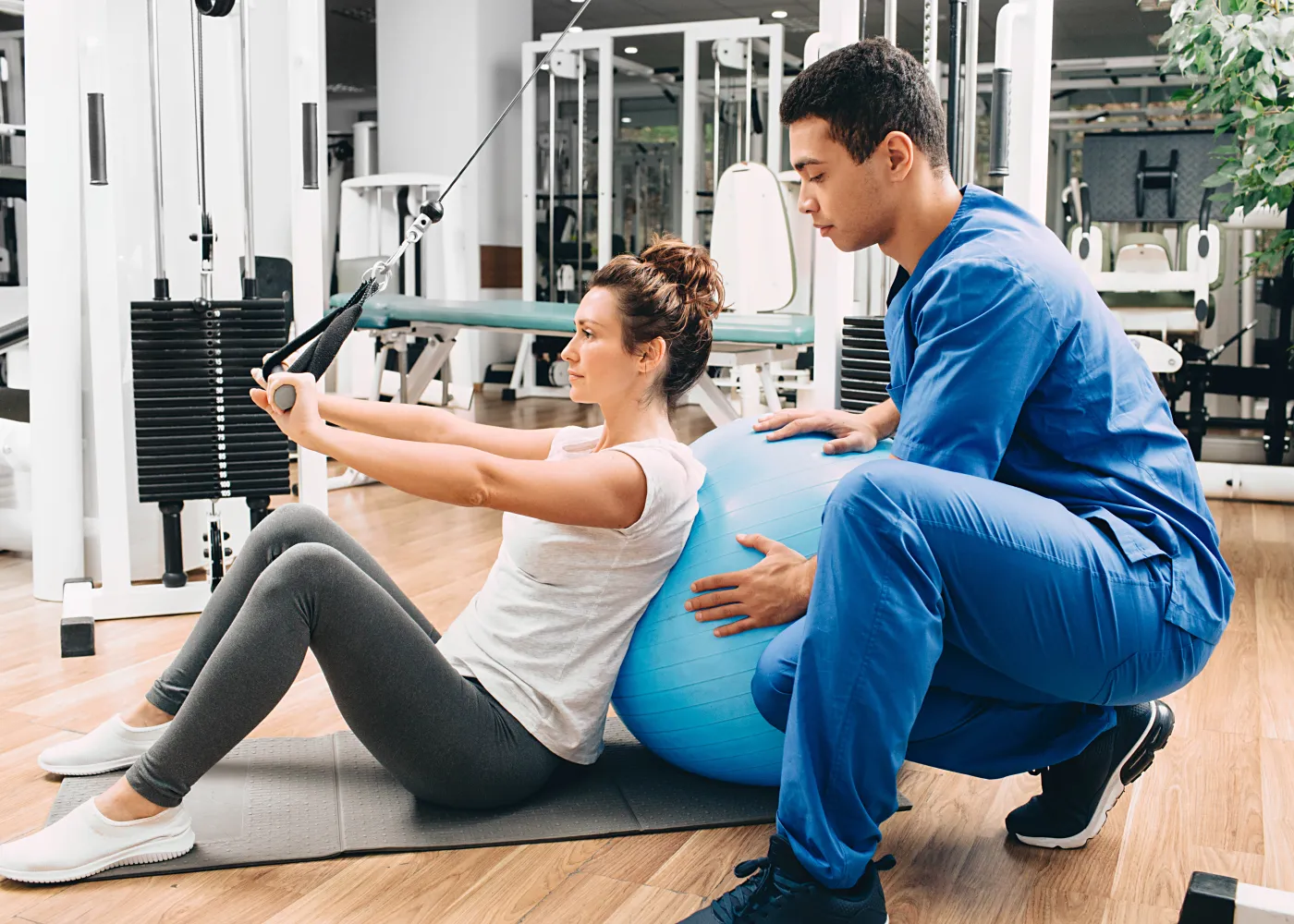

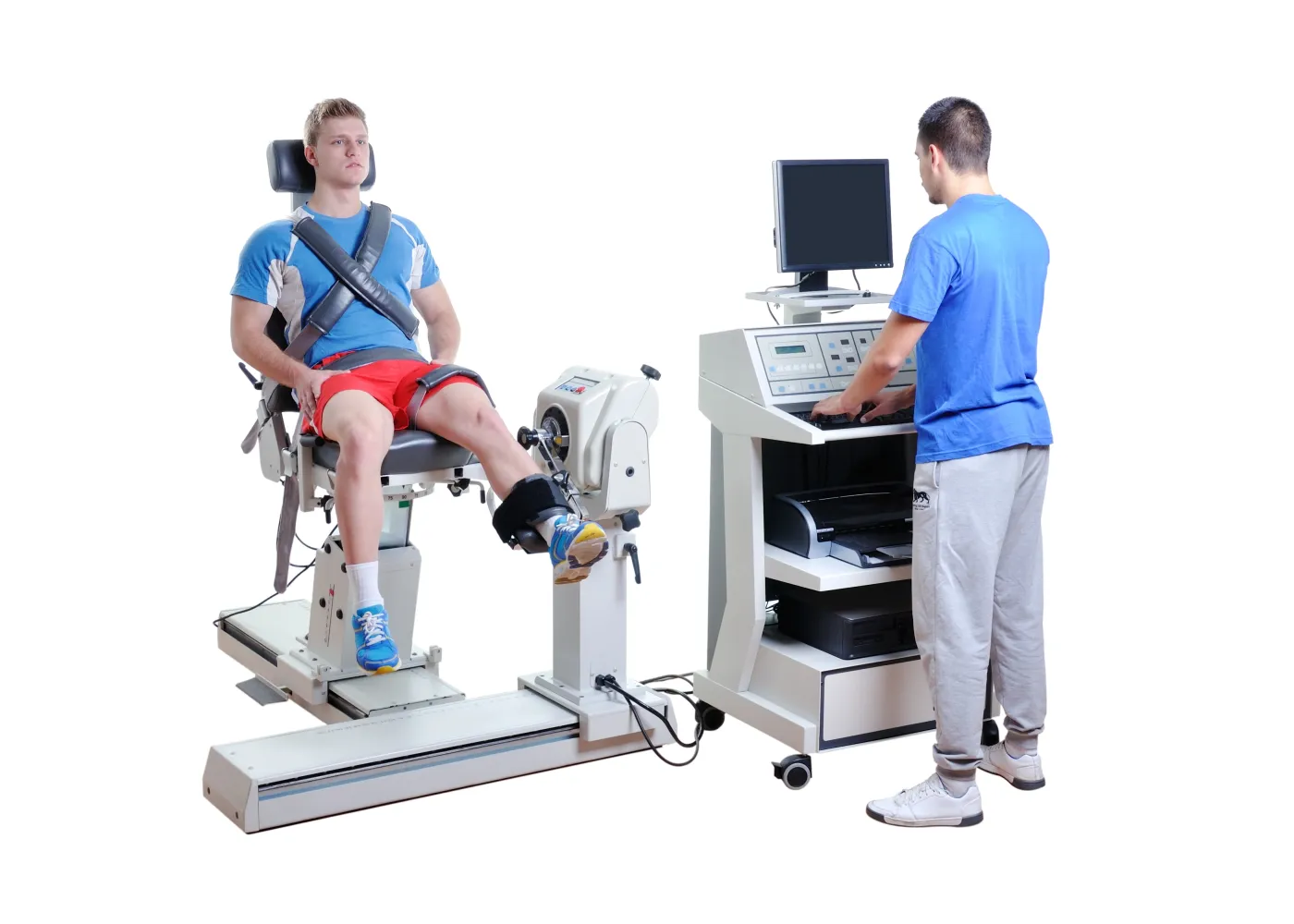
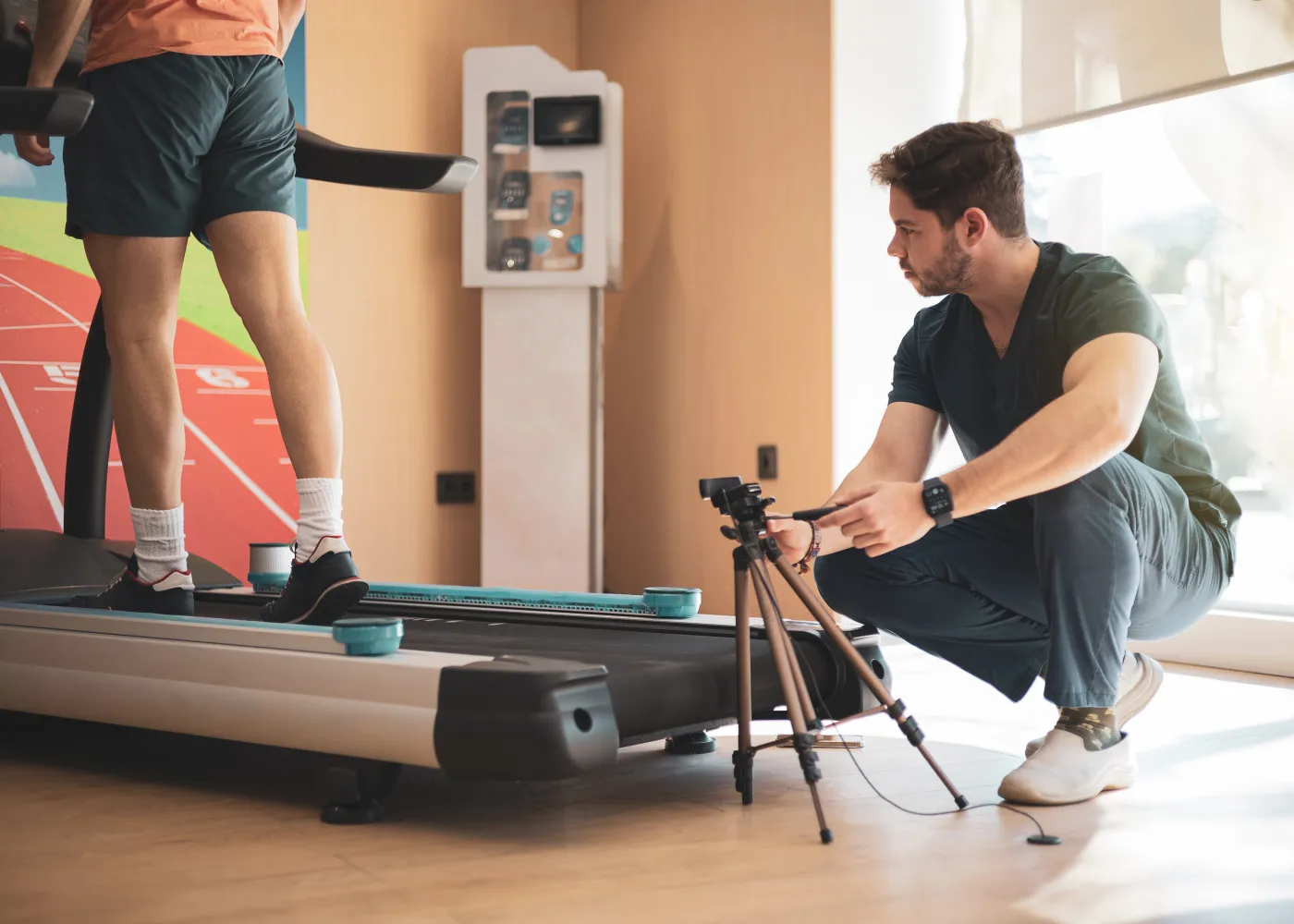
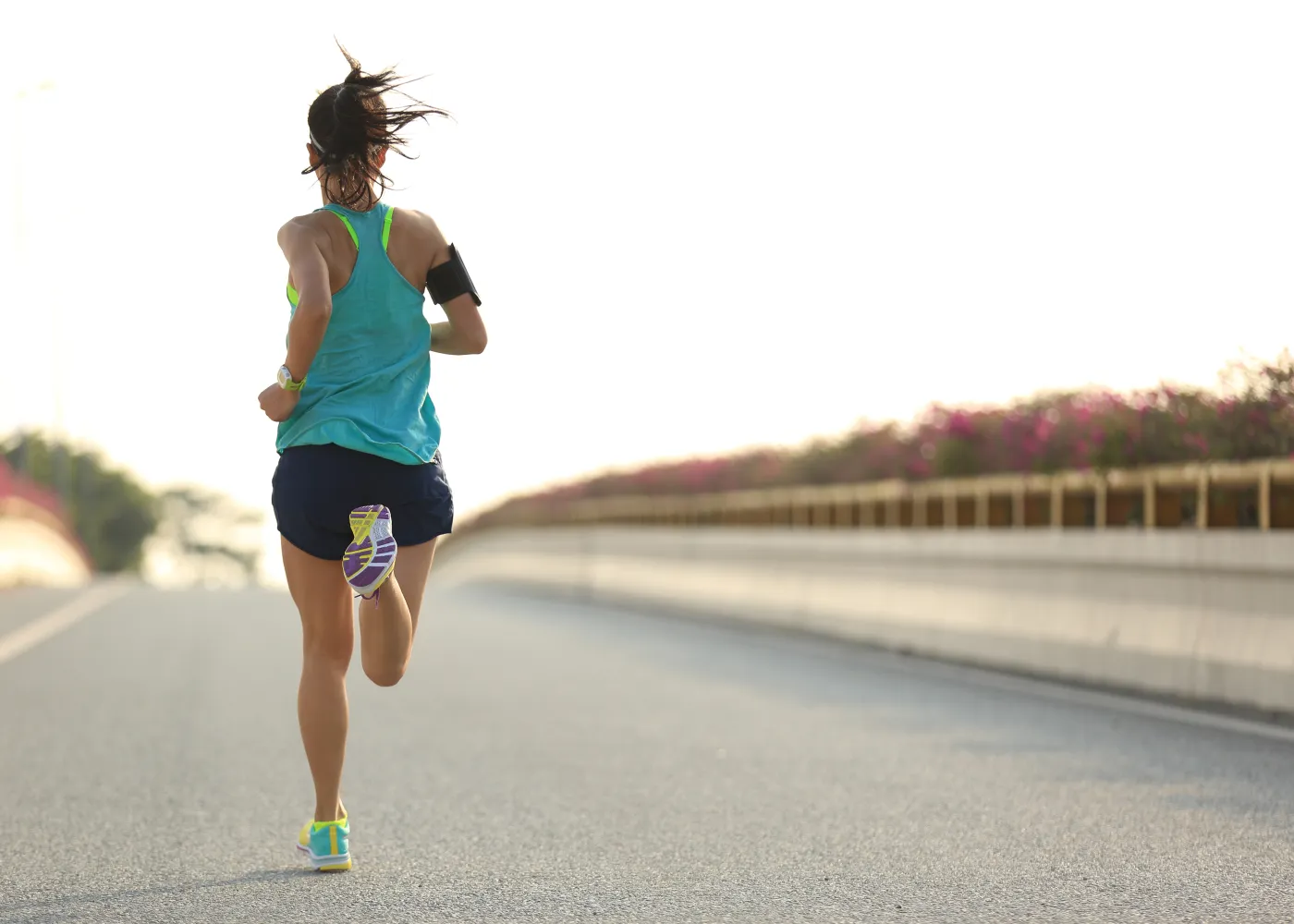
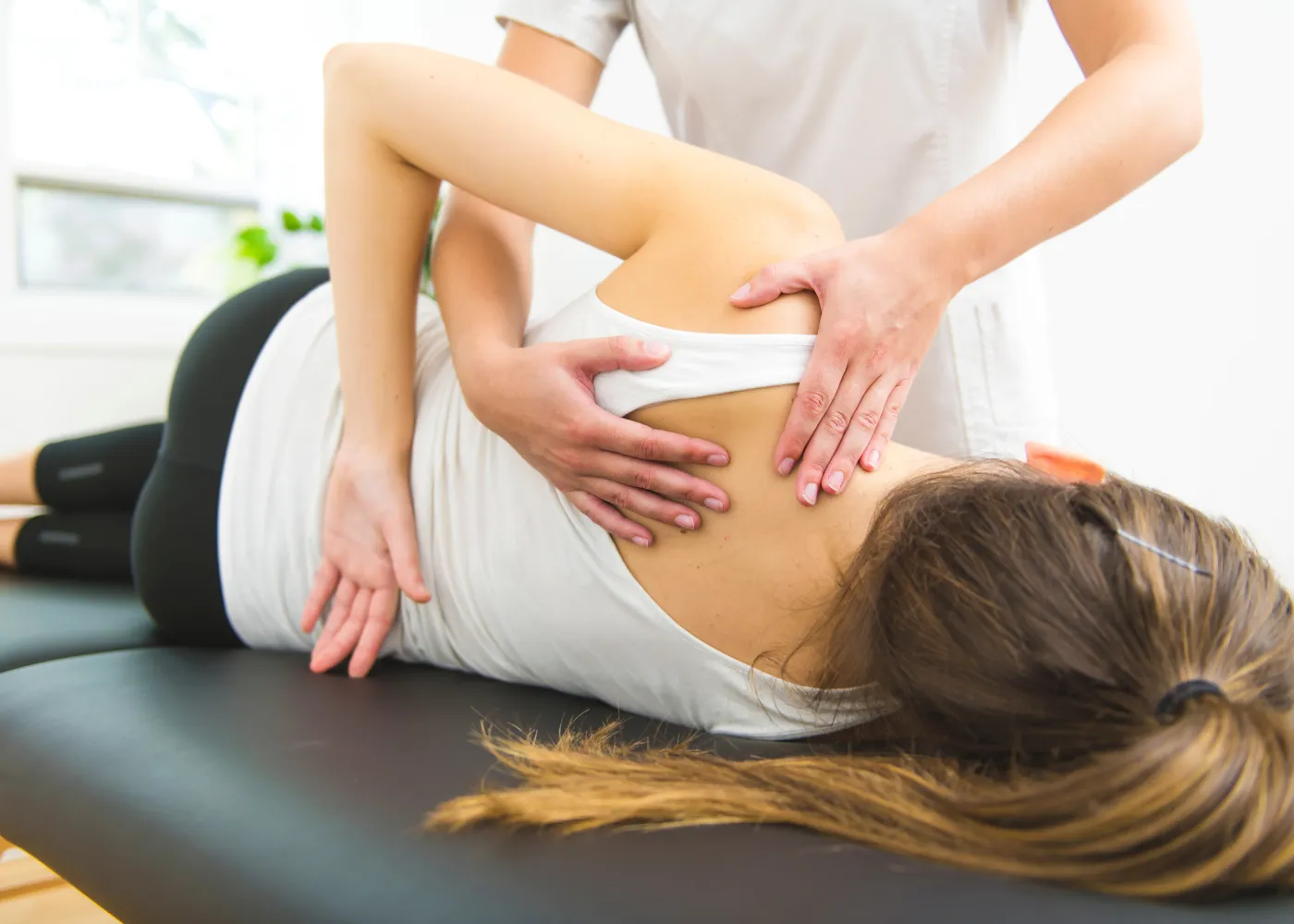
Therapy Services for All Diagnoses
Many of our physical therapists are high level athletes themselves, specially trained to help patients safely return to their peak performance following an injury and/or surgery. Through a progressive rehab program focused on restoration of strength and flexibility, we help injured athletes return to recreational or high-level sports as quickly and safely as possible.
Our occupational therapists, specially trained in hand and upper extremity rehab, are experts at restoring function after injury or surgery. Each location with hand therapy available offers the expert services of Certified Hand Therapists, each of whom have completed over 4000 hours of hand and upper extremity therapy and completed the comprehensive test for advanced clinical skills and theory. Collaborative hand therapy is available at the Bartlett, Briarcrest, Germantown, Primacy Pkwy, and Southaven clinic locations.
Located at our Briarcrest PT clinic, the pool helps patients strengthen joints and improve flexibility in a buoyant setting. This comfortable environment allows decreased stress on joints for post-surgical patients and those with arthritic conditions. Our certified aquatic therapists have extensive experience taking care of patients with a multitude of diagnoses and goals.
OrthoSouth physical therapists use a variety of therapeutic approaches in the treatment of back and neck pain. Several of our physical therapists are certified in The McKenzie Method, which is an evaluation, classification, and treatment protocol for back pain that may decrease pain quickly, restore function and independence, and minimize the number of visits to the clinic or therapist. For complex cases, therapists are able to utilize an advanced hands-on technique to decrease pain and restore function.
Located at our Poplar clinic, OrthoSouth's occupational rehab facility offers individualized return to work programs for injured workers. Through our work conditioning programs and functional capacity evaluations, we offer a comprehensive approach to restoring function to those who have been injured at work. Our consistent communication with patients, physicians, case managers, and employers allows us to reach patient outcomes that are truly team-oriented and have injured workers back at full strength safely and quickly.
Isokinetic dynamometry is a mode of strength training on specialized equipment. It allows for both exercise and testing of strength and range of motion for the upper and lower extremities. It is also a component of the return to sport testing protocol used to assess the progress of athletes after injuries and surgery. Our Humac-Norm machine is the same type that is used in the NFL Combine testing.
This service is available at the Briarcrest and Poplar locations.
Slow Motion Video Analysis records your current running technique which allows our physical therapists with expertise in proper running biomechanics to analyze your technique and develop a specific program to improve your gait, stride, foot strike, arm swing, and posture to maximize your performance and minimize your injury risk.
This service is available at the Briarcrest location.
Our Alter G Antigravity Treadmill allows athletes and patients the ability to run without the full impact of their body weight. This technology, developed by NASA, creates an antigravity environment that lets athletes and patients run at only 20% or more of their body weight and help optimize their running or walking performance.
This service is available at our Briarcrest location.
Dry needling is a treatment that involves the use of a small needle to inactivate trigger points located in the various muscles of the body. Trigger points are often described as a micro-spasm located in the muscle that is not responding to normal stretching. The purpose of dry needling is to restore muscle function by improving flexibility and reducing pain. This is achieved by breaking up the micro-spasm in the trigger point manually with the needle without the use of medication. This treatment method is often used to treat sports injuries, pain after being involved in a motor vehicle accident, chronic neck and back pain, Achilles tendinitis, and even rotator cuff strains.
Meet the Talented OrthoSouth Physical Rehabilitation Staff
Nine Convenient Locations to Get You Back to What Matters
FAQ's
Frequently Asked Questions
What’s the difference between Physical Therapy and Occupational Therapy?
Who will I be working with?
You'll be in great hands with our licensed physical and occupational therapists—many of whom have advanced certifications in orthopedic rehab, sports therapy, and hand therapy. We work closely with your physician to tailor a treatment plan that's right for your condition, your goals, and your life. Physical and occupational therapists are often assisted by PTA's (physical therapy assistants) whose job it is to assist with implentation of the care plan as directed by your PT. Depending on frequency and length of treatment, you may work closely with both your licensed PT/OT and PTA.
What happens at my first therapy appointment?
Your first visit will include a full evaluation. We'll talk through your symptoms, review your history, check how you move, and learn about your goals. From there, we'll create a customized therapy plan just for you. Expect that first appointment to take a little longer—about an hour to 90 minutes.
How often will I need to come?
A standard expectation is 2 to 3 times a week for 4 to 6 weeks. However, your schedule will depend on what we're treating, how you're progressing, and what your referring provider recommends.
Will therapy hurt?
You might feel some soreness after your visit—like you worked out muscles you haven't used in a while. But pain that doesn't feel right isn't part of the plan. Your PT will discuss the types of sensations you should expect during treatment. If at any time you experience an unexpected level of pain or discomfort, we'll adjust your treatment so you can make progress comfortably and safely.
What conditions do you treat in PT and OT?
From post-surgery rehab and sports injuries to balance issues, arthritis, and neurological conditions—we've got you covered. We also offer aquatic therapy at select locations and certified hand therapy for patients recovering from hand, wrist, or elbow injuries.
Can I do both PT and OT at the same time?
Yes! Some patients benefit from a combination of both, especially after surgery or injuries involving the upper body. We'll work with you—and your insurance—to design a plan that makes sense clinically and financially.
Do I need a referral to start therapy?
All of our physical therapy locations allow for outside physician referrals, schedules permitting.
What is my role in the recovery process?
Therapy works best when it's a partnership. Showing up consistently and doing your home exercises between visits can make a big difference. We'll guide you every step of the way, but your effort matters, too.
Can therapy help prevent future injuries?
Therapy can improve your strength, balance, and movement patterns to reduce your risk of falls and re-injury.
